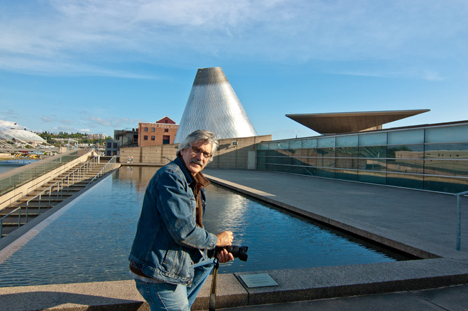Diabetes: a growing health concern
 By Hugh Straley, MD, Chief Medical Officer, Soundpath Health
By Hugh Straley, MD, Chief Medical Officer, Soundpath Health
In the United States, 10.9 million people age 65 and older have diabetes. It is one of the most common and potentially serious chronic diseases among seniors. When diabetes is not controlled, glucose and fats remain in the blood and, over time, will damage vital organs. Diabetes can lead to many complications, including heart disease, vascular disease and kidney failure. The good news is that complications can be avoided through careful management of diet and exercise, with or without appropriate medications.
The growing epidemic of obesity is a primary cause of diabetes among seniors in the U.S. Other risk factors are a family history of diabetes and a history of diabetes during pregnancy. Diabetes is also seen more frequently in African Americans, Hispanics and Native Americans.
Often there may be no symptoms because late onset diabetes in older people develops very slowly. But common warning signs of diabetes are increased thirst and hunger, dry mouth, frequent urination, vision changes, frequent infections and hard-to-heal skin ulcers.
Diabetes is a leading cause of blindness, kidney disease, foot infections and amputation. It may lead to premature death, primarily from heart-related events. If uncontrolled, diabetes can lead to complications of the skin, bone and joints, nerve damage, non-healing ulcers and diabetic coma.
Once discovered, diabetes can be effectively managed through diet, exercise, weight loss and often with medications. The key to good self-management is a thorough understanding of the disease and following the care recommendations of physicians and caregivers.
There are many benefits of early detection and early treatment of diabetes. The Centers for Disease Control and Prevention recommends that anyone 45 years or older who has risk factors or is obese consider being screened for diabetes. Diabetes is detected if a fasting plasma glucose level is 126 mg/dL or greater. For people with diabetes and high blood pressure, it is known that reducing and controlling blood pressure and reducing cholesterol early decreases the incidence of heart disease and death.
1. Don’t smoke. Your best health means being tobacco-free.
2. Maintain blood sugar. Your blood sugar (A1C) should be less than 7 percent.
3. Lower bad cholesterol. Your LDL should be less than 100mg/dL.
4. Control blood pressure. Your BP should be less than 130/80.
5. Take daily aspirin. If you are 40 or older, take one baby aspirin per day.
6. Make healthy eating choices. Work with your doctor and team to create the right meal plan for you. Confer with a dietician as needed to help you make the right choices.
7. Get physically active. Start or maintain a regular physical exercise routine. Consult your doctor about starting a safe exercise plan. Do an activity every day.
8. Lose Weight. Losing just 5 to 10 percent of your body weight can have dramatic improvements in blood sugar, blood pressure, and over all well-being.
9. Take your medicine. If you take pills or insulin to control diabetes, it is important for you to have a thorough understanding of how they work and when and how to take the medicine. If you take other medicines or supplements, ask your doctor how these could affect your diabetes control.

 Four years ago Tony McKennon moved to Washington state. Intent on writing and illustrating children’s books, McKennon said he saw the Tacoma area as a “great blend of urban and natural in close proximity.â€
Four years ago Tony McKennon moved to Washington state. Intent on writing and illustrating children’s books, McKennon said he saw the Tacoma area as a “great blend of urban and natural in close proximity.â€